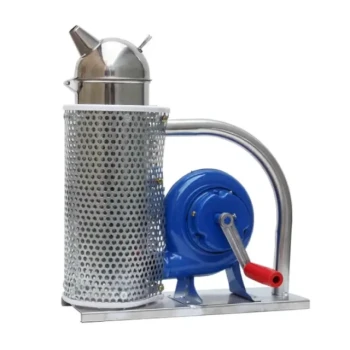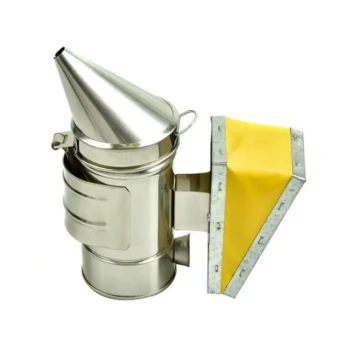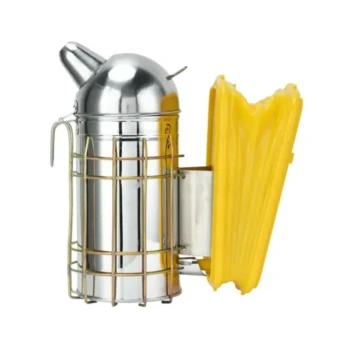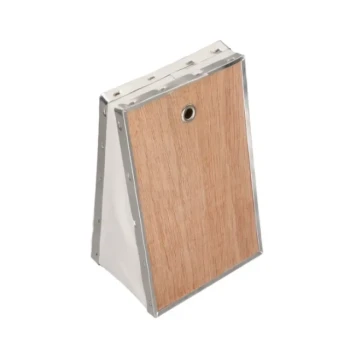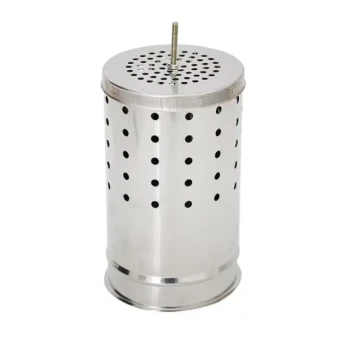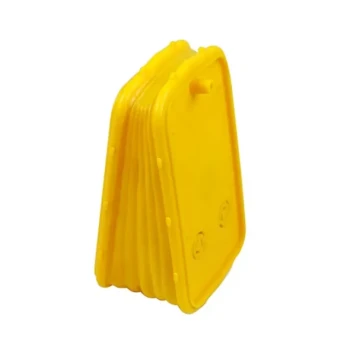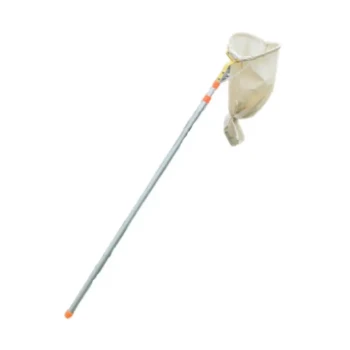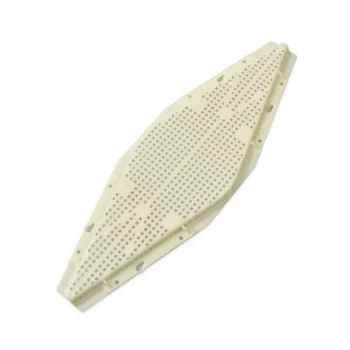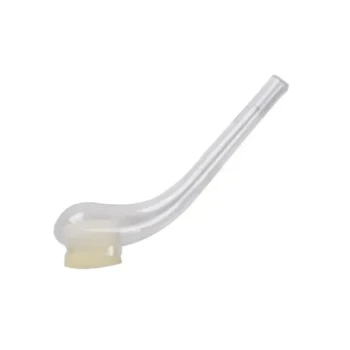Yes, but it's more complicated than that. Smoke is a tool used by beekeepers not to permanently drive bees away, but to temporarily calm them. It works by triggering the bees' instinctual response to a forest fire, which masks their alarm signals and shifts their focus from defense to survival, making them docile and easier to manage for short periods.
The core function of smoke is not to repel bees, but to interrupt their defensive communication. By simulating a natural threat, it causes them to become preoccupied with eating honey, which in turn makes them significantly less likely to sting.
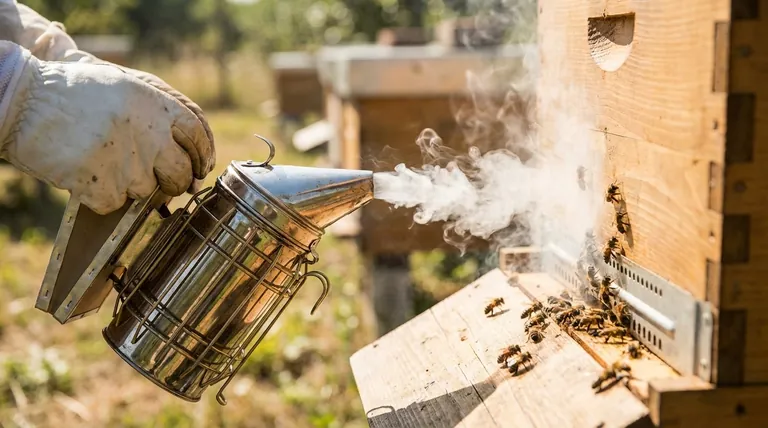
How Smoke Influences Bee Behavior
To use smoke effectively, it's essential to understand the biological and instinctual reactions it causes within a honey bee colony.
Triggering a Survival Instinct
When bees detect smoke, they initiate a survival protocol for a forest fire. Their primary instinct is to abandon the hive and find a new home. In preparation, they begin consuming large amounts of honey to store the energy needed for the journey.
Masking Critical Communication
Guard bees communicate danger by releasing an alarm pheromone, which alerts other bees to a threat and can trigger a mass defensive response. Smoke effectively scrambles this signal, preventing the alarm from spreading throughout the colony.
Inducing a State of Calm
A bee that has engorged itself on honey finds it physically difficult to bend its abdomen into the proper position to sting. This combination of a blocked alarm signal and a full stomach results in a much calmer, less aggressive colony during hive inspections.
The Difference Between Calming and Removing
The context in which smoke is used completely changes its objective and outcome. It is a fundamental tool for management, not permanent removal.
For Beekeepers: A Temporary Tool
In a managed hive, the effects of smoke are temporary. The bees' sensitivity to pheromones typically returns within 10 to 20 minutes after the smoke dissipates. The goal is to create a brief window of opportunity for the beekeeper to safely work in the hive without causing undue stress or receiving stings. The colony does not abandon the hive.
For Unwanted Hives: An Unreliable Method
While heavy, prolonged smoking might eventually cause a wild colony to abscond, it is not a guaranteed or recommended method for removal. The bees may simply retreat further into the structure or become dangerously agitated.
Understanding the Trade-offs and Risks
Improper use of smoke can do more harm than good, creating a dangerous situation for both the beekeeper and the bees.
The Dangers of Too Much Smoke
Applying excessive smoke can overwhelm and confuse the colony. Instead of calming them, it can cause panic and may lead to an aggressive response as the bees become disoriented.
The Risk of Hot Smoke
Smoke that is too hot can physically harm the bees, burning their wings and bodies. The ideal smoke is cool and white, produced by smoldering, natural fuel. A smoker that is puffing flames or hot embers is a clear danger to the colony.
Contaminating the Honey
Over-smoking can also impact the quality of the honey. The smoke's aroma can be absorbed by the beeswax and eventually permeate the honey itself, affecting its flavor.
How to Apply Smoke Correctly
Effective use of smoke is about finesse and timing, not volume. It is a way of communicating with the hive, not overpowering it.
- If your primary focus is a calm hive inspection: Apply a few gentle puffs at the hive entrance and wait 30-60 seconds before opening. Then, apply a few more puffs under the lid before removing it to allow the smoke to circulate.
- If your primary focus is managing active bees: Use small, gentle puffs to direct bees away from the specific area where you are working. Re-apply only when you notice the bees becoming agitated again.
- If your primary focus is to mask a sting: If you get stung, immediately smoke the affected area on your suit or skin. This will mask the alarm pheromone released by the sting, preventing other bees from targeting the same spot.
Used correctly, smoke is a tool for communication, not force, enabling a safer interaction for both you and the bees.
Summary Table:
| Purpose of Smoke | Effect on Bees | Duration | Key Consideration |
|---|---|---|---|
| Hive Inspection | Masks alarm pheromones, triggers feeding, induces calm | 10-20 minutes | Use cool, white smoke in gentle puffs |
| Pest/Removal (Not Recommended) | May cause panic or retreat; unreliable for removal | Unpredictable | Risk of agitation and structural damage |
| Masking a Sting | Covers alarm pheromone to prevent targeted attacks | Immediate | Apply directly to the stung area |
Master Your Beekeeping Practice with the Right Equipment
Using smoke effectively requires precision and the right tools to ensure both your safety and the health of your colony. For commercial apiaries and beekeeping equipment distributors, having reliable, high-quality equipment is non-negotiable.
HONESTBEE supplies professional-grade beekeeping supplies and equipment through wholesale-focused operations. We help you:
- Enhance Efficiency: Streamline your hive management with durable, purpose-built tools.
- Ensure Safety: Protect your investment and your team with equipment designed for commercial use.
- Scale Your Operations: Access wholesale pricing on everything from smokers and protective gear to essential hive components.
Ready to equip your operation for success? Contact HONESTBEE today to discuss your wholesale needs and discover how our supplies can support your commercial beekeeping goals.
Visual Guide
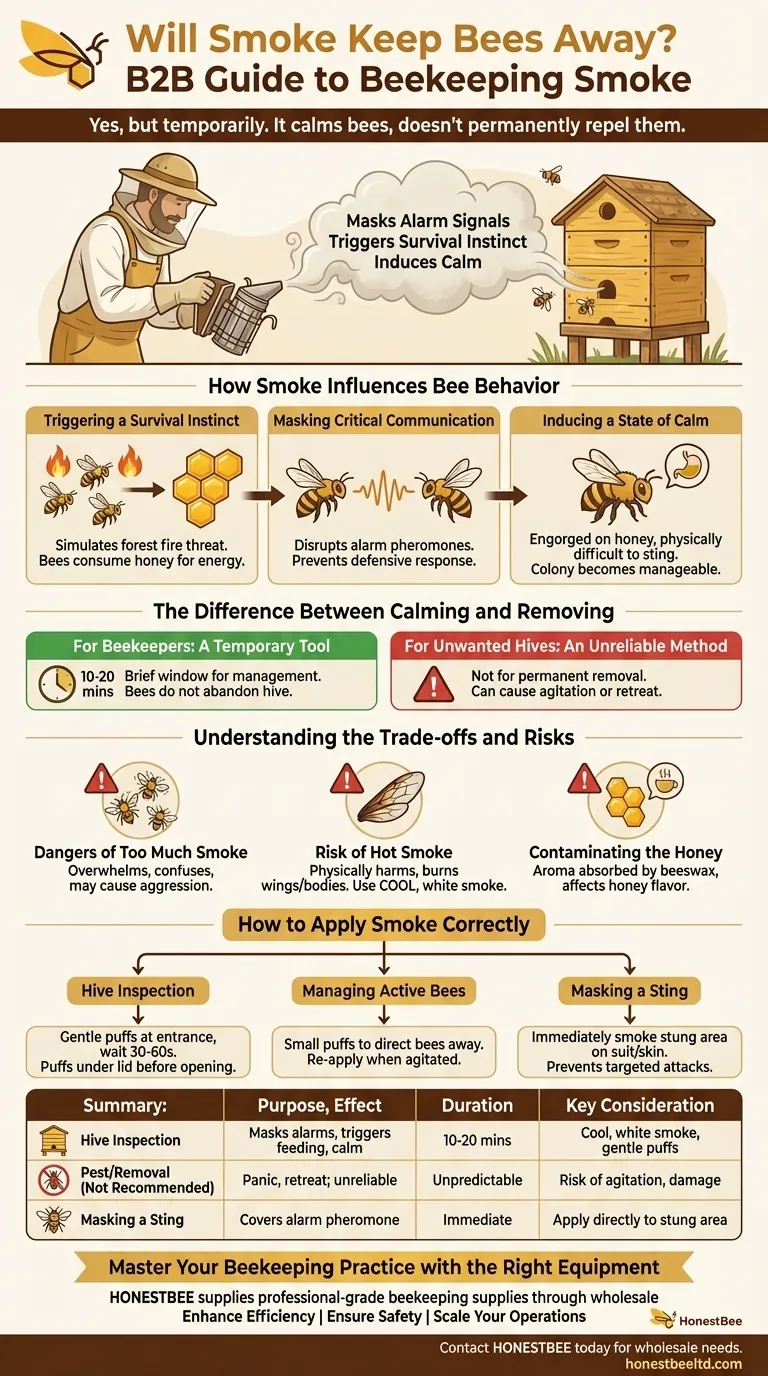
Related Products
- Stainless Steel Honey Bee Smoker Hive and Honeycomb Smoker for Beekeeping
- European Stainless Steel Bee Smoker for Honey Bee Hive
- Premium Traditional Copper Bee Smoker with Bellows
- Stainless Steel Electric Beehive Smoker for Beekeeping and Bee Keeper Use
- Electric Bee Smoker European Style Bee Hive Smoker for Beekeeping
People Also Ask
- What is a bee smoker and how does it work? Master the Tool for Calm, Safe Hive Inspections
- What is the primary purpose of using smoke in beekeeping? Calm Bees for Safer Hive Management
- How long does it take to clean a bee smoker? From 15-Minute Quick Fix to 10-Hour Deep Clean
- What happens to bees when they sense smoke? Unlock the Secret to Calm Hive Inspections
- How did early beekeepers use bee smokers? Master Ancient Bee Calming Techniques








